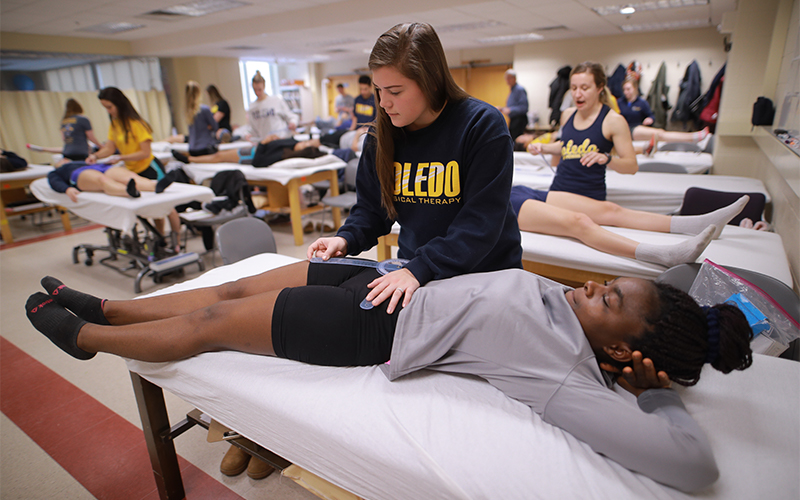Effective Approaches for Reducing Dyspnea in Physiotherapeutic Therapy Appointments
Effective Approaches for Reducing Dyspnea in Physiotherapeutic Therapy Appointments
Blog Article
Dyspnea, or trouble respiration, is a common issue that many people face, especially those with chronic lung conditions, heart issues, or other medical concerns. In physical therapy sessions, addressing dyspnea is crucial for helping patients improve their overall standard of life. By utilizing specific methods and approaches, physical therapists can help patients in controlling their breathing difficulties. Understanding these efficient approaches can enable both therapists and patients to work together more effectively in addressing challenges related to dyspnea.
One of the primary techniques used to alleviate breathing difficulties in physical therapy is the application of regulated breathing activities. These activities often concentrate on diaphragmatic breathing, which encourages patients to use their breathing muscle rather than their upper chest muscles when inhaling. This approach helps to increase lung capacity and effectiveness. Additionally, pursed lip breathing is another technique that can be beneficial. This technique requires breathing in through the nose and exhaling slowly through pursed lips, which can help to keep airways clear longer and render breathing feel easier. By incorporating these exercises into therapy appointments, physical therapists can provide patients with strategies to control their breathing difficulties both during and outside of their sessions.
Another important element of managing breathing difficulties in physical therapy is the creation of an personalized exercise program. Tailoring exercises to satisfy the specific needs and capabilities of each patient is crucial. Therapists should slowly introduce aerobic activities, such as ambulating or cycling, in a structured manner, allowing patients to build their endurance over a period. This progressive method helps patients to feel more at ease with physical activity while at the same time improving their lung capability and overall stamina. It is vital for therapists to monitor patients carefully during these activities to make sure they are not overexerting themselves, which could lead to greater shortness of breath.
Education also plays a major role in reducing dyspnea during physical therapy appointments. Providing patients with knowledge about their condition and the mechanisms behind check that breathing difficulties can enable them to take control of their health. Therapists can describe how factors like anxiety, posture, and surrounding conditions can influence breathing. By understanding these concepts, patients can learn to control their issues more effectively. Techniques such as anxiety reduction methods and proper body mechanics can additionally assist in reducing the effects of dyspnea during routine activities and therapy appointments.
In summary, successfully alleviating breathing difficulties in physical therapy appointments involves a mix of breathing exercises, individualized exercise regimens, and patient teaching. By applying these effective approaches, physical therapists can help patients control their respiratory difficulties and improve their overall well-being. Collaboration between therapists and patients is essential to create customized interventions that meet individual needs. With the right support and techniques, patients can find comfort from breathing difficulties and engage more fully in their physical therapy process, ultimately leading to a better quality of life.